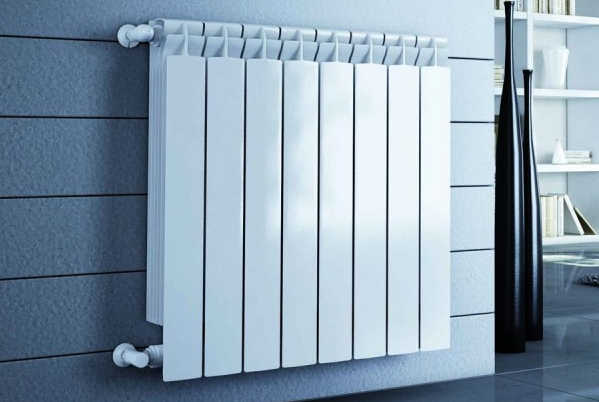The Best Type of Heating System for Your Home
FreeHeating Blog - 17th July 2019
If you are looking for a new heating system or just some advice and recommendations for the best type of heating for your home, you’ve come to the right place!
There are many different heating systems available for domestic properties and this wide range can be baffling so we’re here to help make the process a little bit less daunting and ensure you are armed with the information to make the best possible choice. We can even provide grants for faulty boilers and replacement storage heaters or if there is no central heating installed.
Heating systems are responsible for over half of all fuel bills in the average domestic property. Not to mention fuel costs are steadily rising and the concern for carbon dioxide emissions and the toll some systems take on the planet. Installing or renewing a heating system can be costly and labour intensive but very much worthwhile.

Most properties have central heating, which is a system used to provide warmth throughout the interior of a building. Central heating is so called because the heat originates at a central point. The heat generation occurs in one place and is then distributed throughout the building. Most systems run on mains gas but they are able to run on oil, LPG (tank gas) coal or wood, depending on the area the property is in and whether mains gas is available or not. Running a system on mains gas is the most cost effective, the least hassle and the lowest CO2 emission route.
There are several different types of central heating, but the most common systems use a boiler as the source of heat generation. A boiler moves hot water via copper pipes – through radiators, aluminium panels, baseboard heaters and other heat output devices. Boilers typically run via natural gas, oil, LPG or electricity but they can be fuelled by biomass products such as wood. Boilers and full central heating systems can be expensive to install initially but can give large savings in the long term compared to other heating systems such as night storage heaters, gas or electric fires and space heaters
Heat pumps can also be used to circulate hot water around a central heating system. They work by absorbing heat from exterior sources and natural elements such as the ground, the air and even water and transferring this into even more heat. They are not particularly common, perhaps because they are so innovative and modern at present, and thus a lot more expensive than traditional boilers but they are a lot more energy efficient.
Another option available for heating a home is night storage heaters. They typically contain ceramic bricks which heat up throughout the night when electricity is cheaper, then release the energy to heat your home when required. Generally this option is still much more costly than central heating and the units can be quite bulky. They are also considered poor for your carbon footprint and a little out of date but if you have no mains gas, they can work out to be the best option.
Properties can also be heated by portable electric heaters, convector heaters, gas fires, portable halogen heaters or open log burning fires. These options tend to be a lot more expensive to run and have much higher carbon dioxide emissions than central heating or storage heaters. These methods of heating are often used as “secondary heating” which as the name suggests, is one or more sources of heating available after the main one. Many people opt for secondary heating as it can make a home feel cosier, particularly in certain parts of the property.
To see if you could be entitled to a grant towards the cost of installing central heating, or upgrading your boiler or night storage heaters, fill in our online form.
